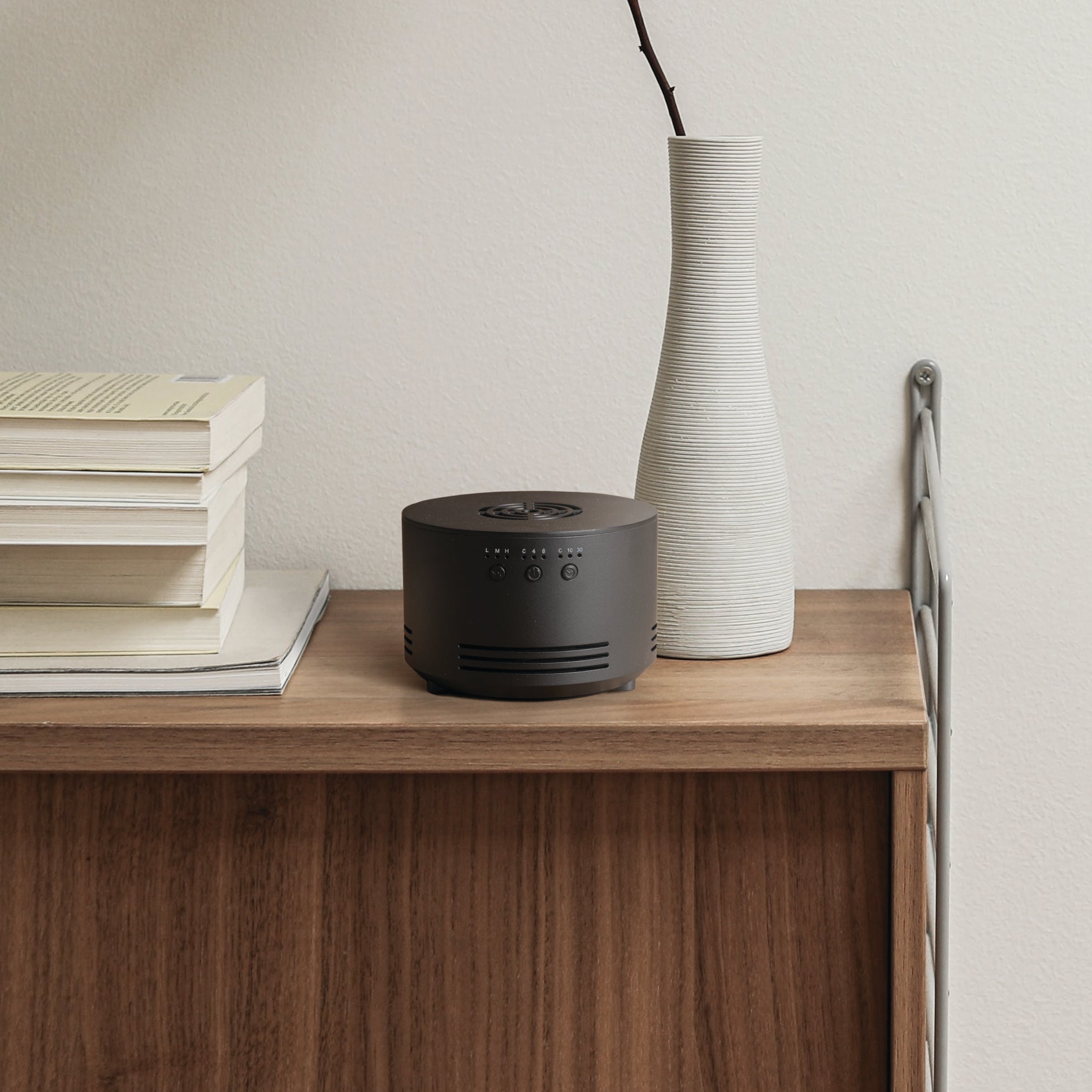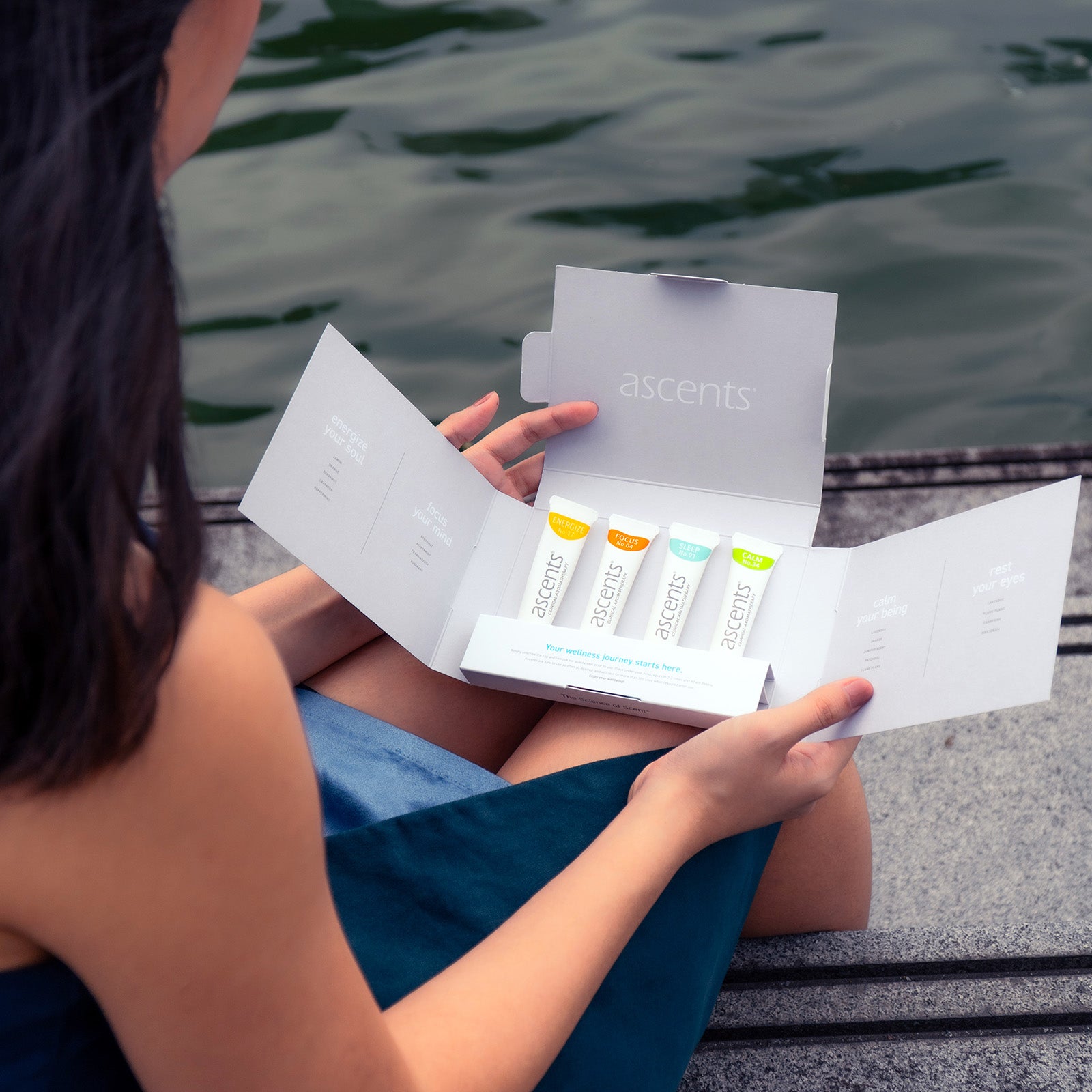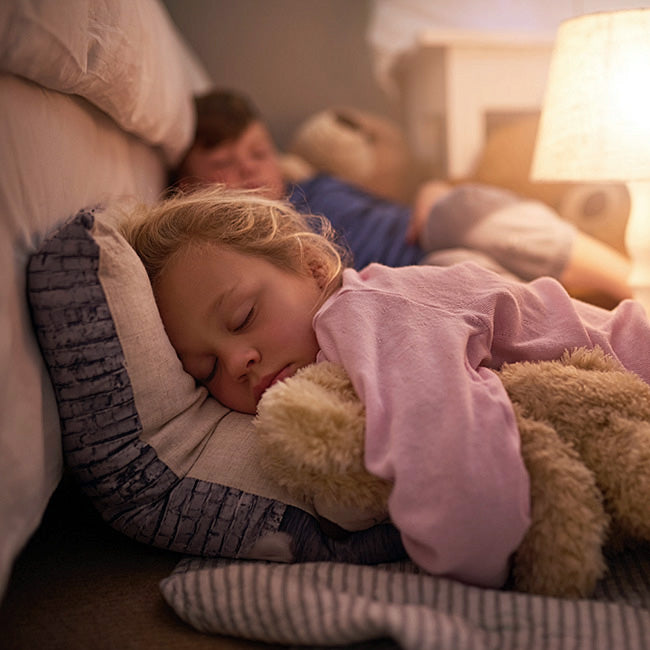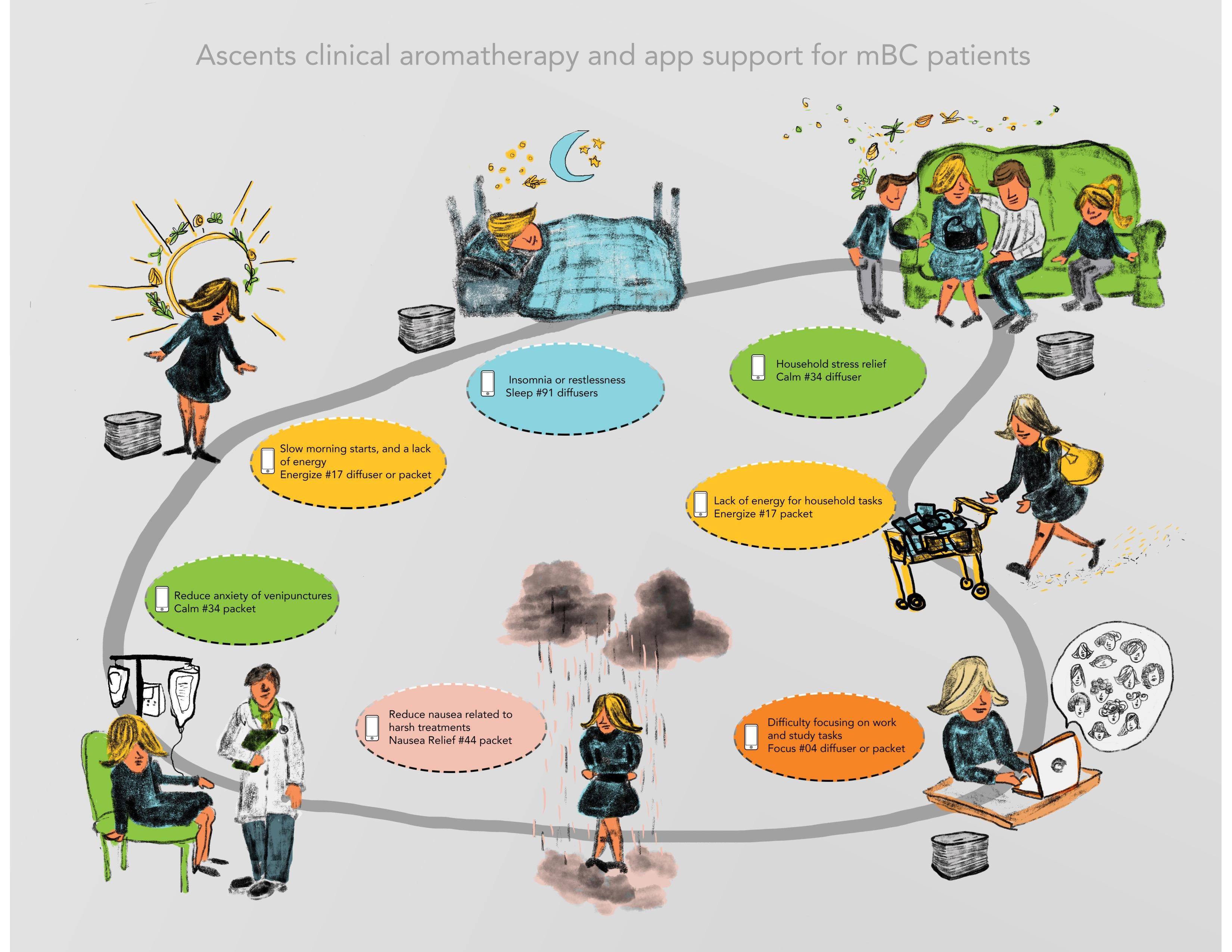
Birth Centers Are Turning to Aromatherapy During Labor & Delivery
 Women’s choices around their birthing experiences have expanded widely over the last decade as the medical establishment becomes more accepting of these other options. More women are choosing to give birth at home, on their own terms, with trained homebirth midwives. Others feel safer and more cared for in a traditional hospital setting, with ready access to monitors and epidurals, while some mothers-to-be opt for a birth experience somewhere in-between, preferring the assistance of a midwife in a hospital setting.
Women’s choices around their birthing experiences have expanded widely over the last decade as the medical establishment becomes more accepting of these other options. More women are choosing to give birth at home, on their own terms, with trained homebirth midwives. Others feel safer and more cared for in a traditional hospital setting, with ready access to monitors and epidurals, while some mothers-to-be opt for a birth experience somewhere in-between, preferring the assistance of a midwife in a hospital setting.
Although every woman has their own version of an ideal birthing process or environment in mind, the one thing most every expectant mother would like to be able to control is how much discomfort they experience. This is why many birthing centers and even some traditional hospitals have started integrating what many midwives have used for centuries — aromatherapy designed for maternal comfort care.
The Benefits of Aromatherapy for Birthing Mothers
Aromatherapy has been subjected to rigorous clinical research as it applies to labor and delivery, and the results speak for themselves:
A longitudinal study of 8058 mothers in childbirth (the largest ever of its kind) found that aromatherapy with clary sage and chamomile essential oils were effective in alleviating pain as well as reducing maternal anxiety and fear during labor. It also resulted in a reduction in the use of systemic opioids in the hospital where the study was carried out, from 6% when it began in 1990 to 0.4% when it ended in 1997 [1].
A 2014 study showed a significant decrease in the pain intensity and duration of labor in the aromatherapy group vs. control. Individual postpartum interviews with the new mothers demonstrated that women in the aromatherapy group were more satisfied with pain relief. Additionally, Caesarean sections were reduced. The researchers concluded that aromatherapy is a cost-effective nursing intervention that can decrease pain during labor and positively affect the labor and delivery experience[2].
Another 2014 study, published in the British Journal of Midwifery, examined the effect of aromatherapy on pain, concluding that it did reduce pain perception, at both 30 and 60 minutes post-intervention [3].
In 2013, researchers examined the effect of rose essential oil aromatherapy on both maternal and neonatal health. The aromatherapy group experienced a significant decrease in the duration of second stage labor and resulted in a decrease in NICU admissions. The number of episiotomies and perineal tears was reduced as well, and overall maternal satisfaction with labor pain management and reduction was higher than that of the control group [4].
Challenges for the Use of Aromatherapy in Birth Centers
There are a number of issues that can prevent birth centers from adopting aromatherapy for maternal comfort care.
Traditional essential oils are thin liquids that can either be dispensed onto cotton balls, “sniffed” directly from the glass vials, or diffused through the air, generally via vaporization within a water solution. None of these options are well-suited for hospital or other clinical settings.
Oils on cotton balls, though disposable and sanitary, can easily burn the skin of the nose or irritate the eyes due to the oil’s powerful strength when not diluted properly. The consistency of dose and ease of use, particularly for self-medication are factors for adoption, too. Because the vast majority of medical professionals are not trained aromatherapists, they therefore cannot effectively dilute most oils in the correct ratios to maintain their efficacy.
The use of bottled oils must be supervised by either a trained nurse or medical aid and should not be self-administered due to the potential hazards listed above. Amber glass vials are the traditional (and often, the best) packaging for the storage of essential oils, and in a busy, sometimes chaotic birth center environment, can shatter break if dropped, leaving both hazardous glass and slippery oil on the floor.
Requiring patients to “sniff” essential oils directly from glass vials also increases the risk of bacterial or viral cross-contamination of the bottle’s surface, as well as the oil contained in the vial, and should not be used with more than one patient. This is an expensive proposition for most hospitals — to be required to dispose of unused oil would be considered a waste.
The remaining commonly known delivery method is via water vapor-diffused essential oils. There are several important issues with this method, one of which is switching from one formula to another formula for changing needs(nausea vs pain management, for instance). With the risk of spill, the time it takes to empty, clean and refill the reservoir, nurses or medical aids simply don’t have time for this, even if it all goes as planned.
However, the biggest issue with vapror-diffused oils is not one of time management, but is instead, as it is with shared bottles, contamination. Water, even when purified and sanitized for hospital use, is still a breeding ground for bacteria, mold and mildew. Most common essential oil diffusers are water-based and rely on that easily-contaminated water to carry the oils as a vapor throughout the room.
These diffusers are also fairly “open” systems, meaning that bacteria or viruses can make their way into the water, even if it was previously purified. This can include deadly bacteria like MRSA, which has no place in a birthing mother’s environment as it poses a grave danger to not just the mother, but the new baby as well.
Making Aromatherapy Safe and Accessible for All Birthing Mothers
Aeroscena®’s aromatherapy solutions were designed and formulated for clinical environments, and are currently being used in hospitals throughout the US and Canada. Our personal inhalers are filled with quality-controlled essential oils that have undergone rigorous testing specifically for clinical environments, unlike mass-market brand oils that often contain contaminants or synthetic diluents. They are simple to use, and although long lasting, are intended to be a single user device that is especially practical for self-medicating patients. And they can do no harm.
Our whole-room diffuser (or ambient environmental solution), does away with the need for water altogether, eliminating all of the above-mentioned negative potentialities. By suspending the essential oil formulae in a safe and natural polymer gel, the oils’ qualities are evenly diffused in areas of up 600 sq ft, and can be swapped out in an instant, recapped, and stored for later reuse. Add to that our insights into habituation or “nose blindness,” which have resulted in multiple scent intensity and duration diffuser settings, moms-to-be can be assured of the right dose, delivered at the right time, for optimal benefit from each carefully designed aromatherapy formula.
Aeroscena® will continue to advance the use of evidence-based aromatherapy by supporting its research and clinical study so that we may that we may persist in delivering safe, effective and natural alternatives to pharmaceuticals.
[1] The use of aromatherapy in intrapartum midwifery practice an observational study. Complementary Therapies in Nursing & Midwifery [01 Feb 2000, 6(1):33–34] Burns E , Blamey C , Ersser SJ , Lloyd AJ , Barnetson L
[2] Effectiveness of Aromatherapy in Reducing Labour Pain and Duration of Labour among Primigravidas: A Pilot Study. Janula Raju1 , Mahipal Singh2 International Journal of Health Sciences and Research www.ijhsr.org ISSN: 2249–9571
[3] The effect of lavender aromatherapy on pain perception and intrapartum outcome in primiparous women. British Journal of Midwifery Maasumeh Kaviani, Sara Azima, Narges Alavi, Mohammad Hossein Tabaei
[4] A Controlled Trial of the Effect of Aromatherapy on Birth Outcomes Using “Rose Essential Oil” Inhalation and Foot BathJournal of Midwifery and Reproductive Health. Massomeh Kheirkhah (PhD), Nassimeh Setayesh Valipour (MSc), Leila Neisani (MSc), Hamid Haghani (MSc)








Leave a comment
This site is protected by hCaptcha and the hCaptcha Privacy Policy and Terms of Service apply.